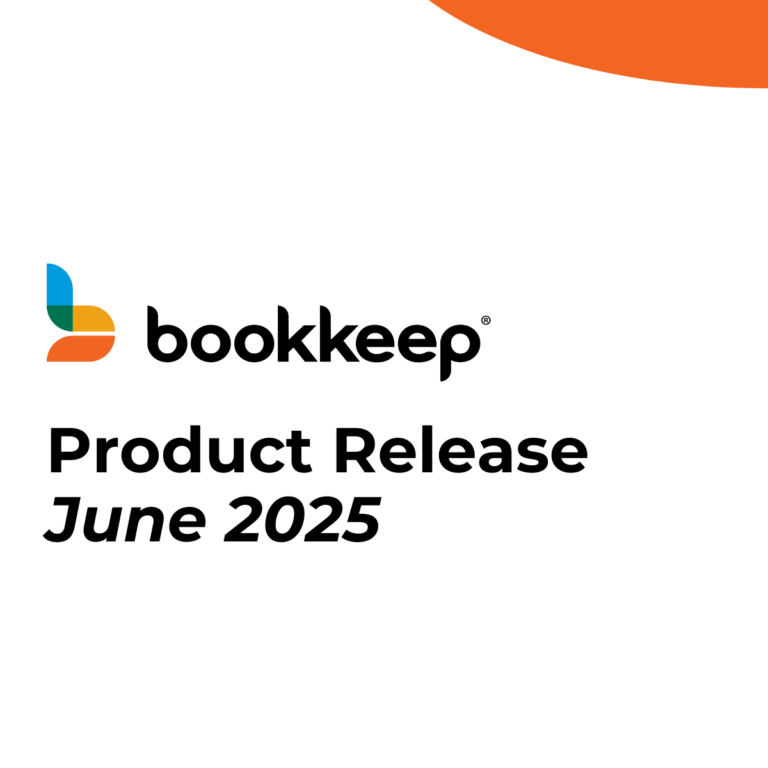There are two methods to consider when accounting for credit card processing fees or merchant fees: either as a cost of sales (or COGS) or as an operating expense. Here are the pros and cons of each.
Cost of Sales Method
Treating the fees as a cost of sales (also known as the cost of goods sold) would put them at the top section of your income statement. This means the fees will be deducted to arrive at your gross margin.

Therefore, the formula would be:
- Income – Cost of Goods Sold – Credit Card Fees = Gross Profit.
Since you will not incur card fees if you have no sales, it makes sense to consider these fees as a cost of sales and include them in your gross margin.
It’s good practice to place these fees at the top of your income statement, so they do not get lost with the rest of your monthly fixed expenses. By doing it this way, you’ll always be reminded to check how much you are being charged and find ways to lower this huge cost, which is usually a percentage of sales.
Expense Method
If you count these fees as an expense, they will be grouped in with your operating expenses such as rent, electricity, phone service, etc. This is an acceptable way to handle fees, too, but it can get lost amongst all the other expenses when you look at your monthly income statement.
Rent, phone, internet, electricity expenses generally are the same each month. When you scan your income statements month to month, you’ll be able to spot any unexpected patterns easily. However, since merchant fees are directly related to sales, the monthly figure can vary each month along with your sales, making it far harder to determine if they’re out of line when they’re in the expense section.
How to Record a Journal Entry for Credit Card Fees.
Credit card processors usually deduct merchant fees from the original payment made by your customer. You’re then left with the net amount and have to account for this merchant fee.
To do this manually, you’ll need to login into each one of your payment provider(s) to get the fees from them. You’ll likely end up having to export the transaction in order to get the fees, then enter them manually into QuickBooks or other accounting systems you are using.
The journal entry would look like this:

You can see how this can be quite time consuming, especially if you are using multiple payment processors.
Automatically Record Credit Card or Merchant Fees
A much easier way to account for merchant fees is to use an integration or connector app like Bookkeep.
Bookkeep’s accounting automation software will:
- Identify the merchant processing fees and book them to the proper account
- Deduct the fees from the expected payouts
- Your bank deposit and banking feed reconciles each time
You’ll never have to review each transaction manually again—everything is automatic!
See how easy it is with Bookkeep.




